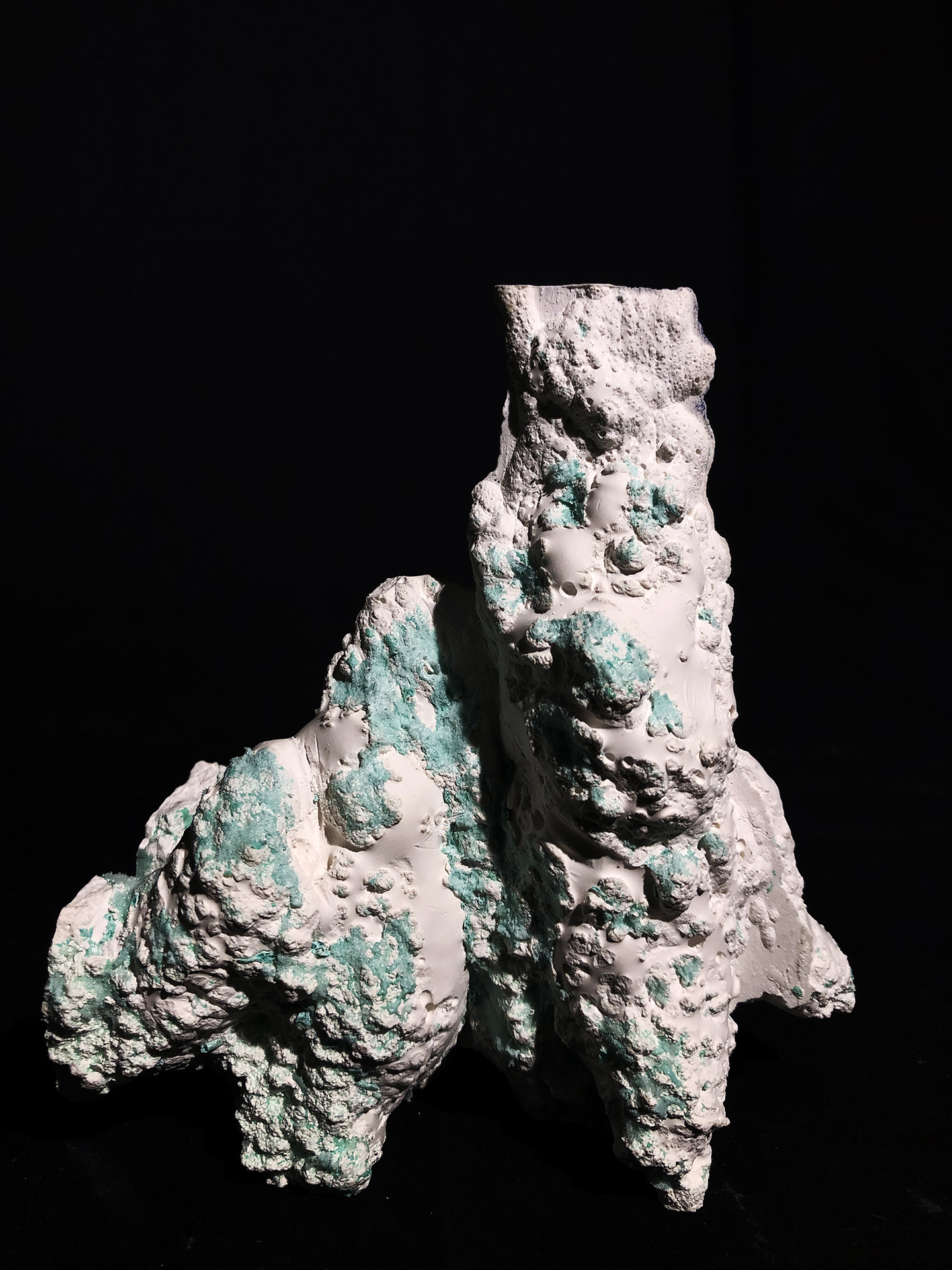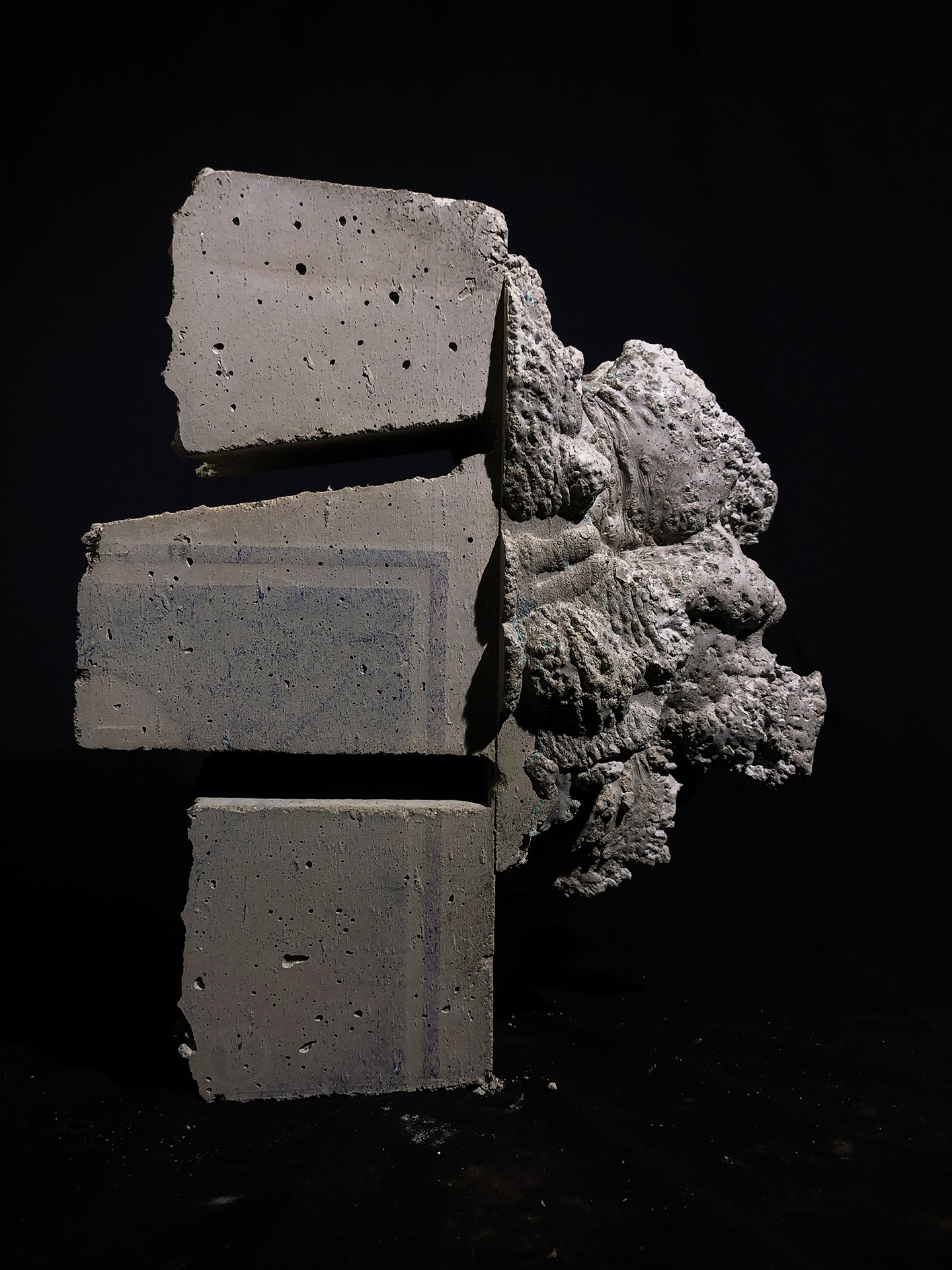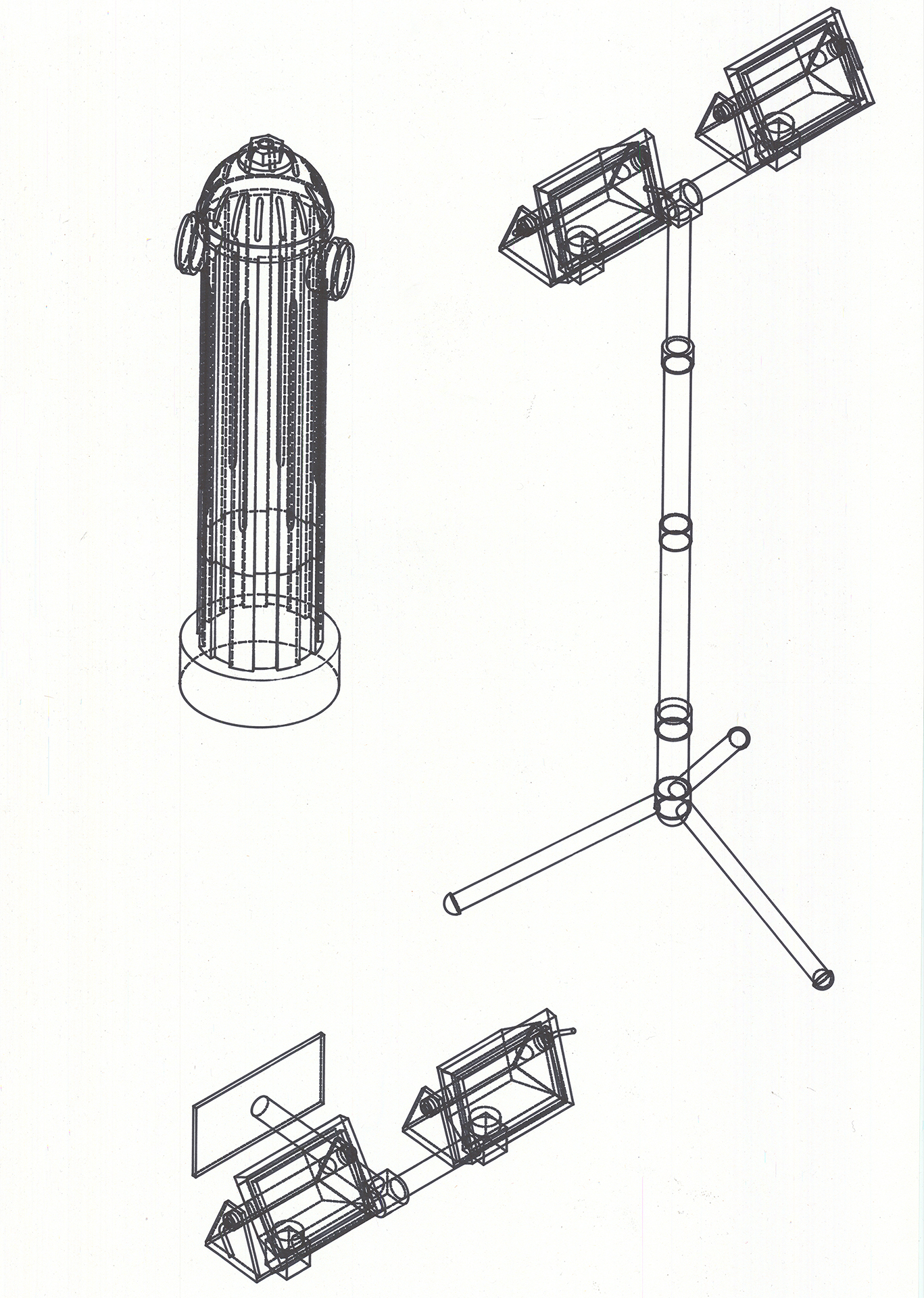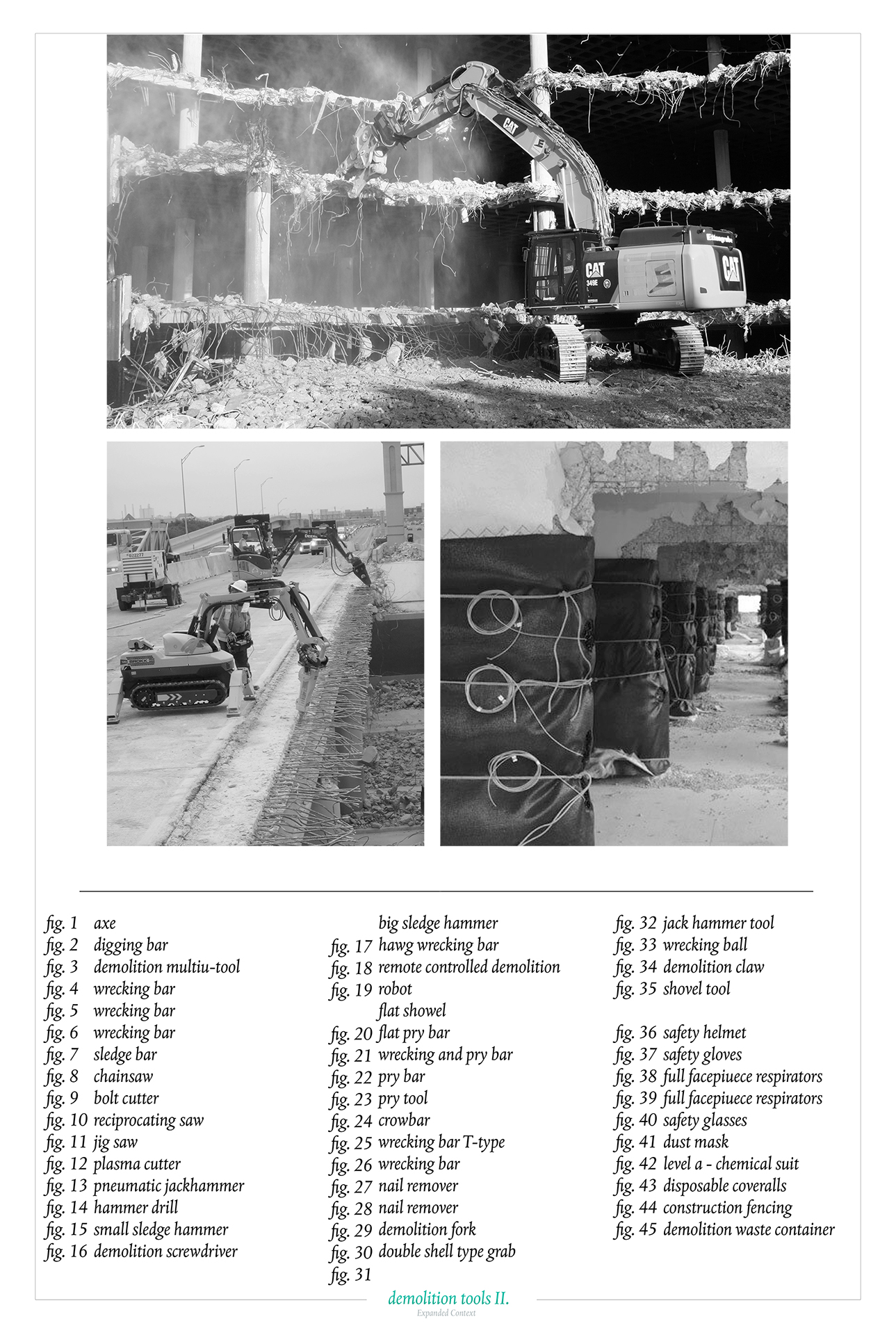Princeton University, SoA
Fall 2019
Cristina Díaz Moreno
Efrén García Grinda
Buildings, parks, atriums, advertisement, images, and infrastructures have been integrated into our everyday life, triggering a specific image of the term ‘public’ and ‘public space’, coining it as ‘common interest’ or spaces of ‘freedom’, while often obscuring the exploitation of the common for personal gain within economy, society, and politics. Architecture plays a key role not only as a carrying medium used as an active agent of operation through de-politization of the discipline itself, but also to cover up the readability of those situations within our physical and digital environment. As acting element enabling the appropriation of public spaces and imaginary for personal gain, its tools of analysis, observation, representation, and operation can also enable and condition the ‘unbuilding’ and reclaiming of public spaces.
This project tries to investigate the control and exploitation of public spaces, infrastructures, and democracy itself by private authorities, through the analysis and dissection of structures that utilized legal gray zones in regulations and zoning codes for the privatization of the ‘public imaginary’. The era of the post-fact world allowed to instrumentalize and direct this imaginary, amplified through the integration of digital media and communication; de-democratizing and regulating the socio-political nature of the public, while obscuring and covering its true nature behind a distinct interpretation of publicness.
Through a sequence of operations and set specific tools, those places of question can be identified, mapped, and investigated on their background for personal profit, as well as their resulting social impact. While undergoing a sequence of ‘unbuilding’ through occupation, dissection, and demolition, it is possible to disable those elements of evidence and structures abusing publicness. These identifiable political objects can be extracted to be staged as memorials (or cenotaphs), serve the purpose of archival material for further research, or can be de-naturalized by disintegrating their function and intent within the structure itself. The elements of question are site specific and determine the politics of objects and its future purpose. Finally, the previous operations and reconfigurations require filling or patching of the building in order to allow a democratic future and to clear it from another attempt of privatization. The result of the interventions should not be considered a unique technique for a single instance, but rather as an accessible and growing set of tools applicable and adjustable to the respective sites in question.


































